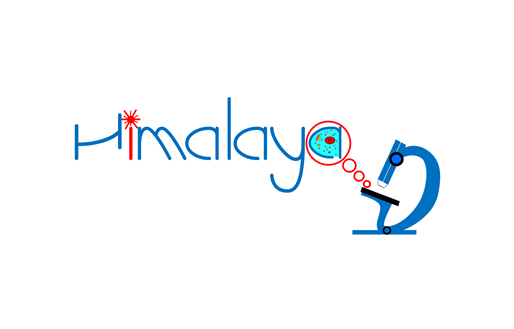Circulating tumor cells (CTCs) are cells that shed from the primary tumors into the blood causing metastasis formation. Their presence and their numbers mirror the tumor burden and, thus a simple blood draw can be used to non-invasively monitor tumor progression and treatment efficacy, a gaining momentum approach referred to as liquid biopsy. The extreme rarity and the heterogeneity of CTCs make their identification extremely challenging. Current protocols provide a first enrichment of cells based on size and deformability, followed by an identification step performed by specific protein expression, RNA transcripts, or DNA aberration. Whereas protein expression and RNA transcripts largely depend on the specific type of CTC subpopulation, aberrant DNA is a hallmark of tumor cells, but costs and time constraints hamper its adoption in real-world liquid biopsy practice. Another established and cheaper alternative for tumor cell classification is based on cytomorphological criteria. Nevertheless, it is not straightforward to apply it to rare cell analyses as it requires an imaging technique that guarantees both high throughput and single-cell specificity. In this sense an ideal fit is a recently introduced high throughput microscopy technique: Time Stretch Microscopy (TSM). This approach combines a pulsed laser for optical inspection and a microfluidic channel for high-speed sample delivery, measuring up to 10000 cells/sec. The acquired signal is analyzed to obtain a set of digital images, each representing a single cell. The high number of “digital” images obtainable with this technique allows applying Machine Learning methods to discriminate between tumor and healthy blood cells. However, two main bottlenecks have so far limited the use of the TSM technique:
- The high complexity of the setup which can be used only by end-users with expertise in optics and photonics
- The instability of the setup leads to day-to-day misalignments and limits the reliable comparison of images acquired on different days.
To overcome these limits, we propose to integrate on-chip TSM, obtaining a compact and easy-to-use device, characterized by stable alignment between the components. This device will be fabricated in a glass substrate by femtosecond laser micromachining. This is a versatile technique that enables the synergic integration of both optical and fluidic elements. In addition, we will upgrade TSM to perform dual-side investigation, acquiring two images per cell from orthogonal directions, benefiting from the high level of integration that can be reached on the chip. The hypothesis is that having different perspectives of the same cell could allow a more accurate classification, which is extremely critical when processing rare cells (as CTCs). The ambition of this interdisciplinary project is to obtain a simple, automatic, and economic approach for unbiased CTCs identification, based on an easy-to-use and reliable device, coupled with image analysis techniques.
Announcement
PRIN: PROJECTS OF RELEVANT NATIONAL INTEREST – Call 2022 – Prot. 20228MHWPZ
Application area: Optical Microscopy – Image Processing – Artificial Intelligence
Geographic scope: National
Start date: 28 September 2023
End date: 27 September 2025
Project Coordinator: Nadia Brancati
Project website:

